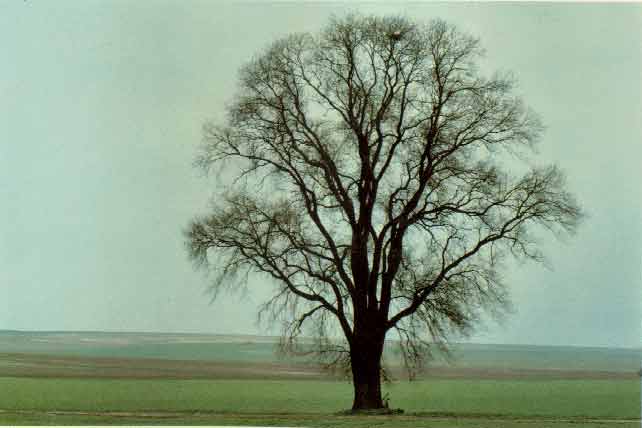The Message of the Trees
Tuesday, December 27th, 1983
[Published in the Western Chapter News of the International Society of Arboriculture, March 1983]
Readers of The Western Chapter News may be interested in two remarkable tree books published in recent years but not reviewed in the trade journals. They are Trees by Andreas Feininger (New York: Penguin, 1978, $9.94) and The Tree by John Fowles and Frank Horvat (New York: Little Brown, 1980, $24.95). Large formatted and lavishly produced, both books combine stunning photographs with informative, provocative and beautifully written texts. Their authors enjoy worldwide artistic reputations: Feininger exhibits in major museums and has published numerous other photographic studies; Fowles is a best-selling British novelist, author of The French Lieutenant’s Woman; Horvat is an eminent French landscape photographer.
Though none of these artists is a tree professional, their work displays extensive knowledge; more important, it expresses the kind of lifelong respect and affection for trees that lies at the heart of the arborist’s vocation. Like truly skilled tree work itself, these books represent a labor of love, an outpouring of praise, and and application of human art inspired by the art of nature. By deepening awareness of the value and meaning of trees, the authors hope ultimately not only to enrich human experience but also to save trees and forests from the wanton destruction to which they are still subjected.
In his introduction to Trees, Feininger states that he has created
…a new kind of book not a text nor a manual
nor a tree identification book, nor still another book proving
trees are beautiful, but a tree appreciation book.
In fact both these books promote tree appreciation in similar ways. First is through simple presentation. By selecting, composing and framing each tree portrait, the photographer brings forward aesthetic qualities–qualities of strength and fragility, of symmetry and variation, of balance and tension–that normally pass unobserved. Recalling Feininger’s shot of the massive central trunk of a twisted oak in a German park, I stop my morning run to admire the gnarly Quercus agrifolia in my neighbor’s yard. Or stuck in freeway traffic, I flash on Horvat’s portrait of the Wych Elm silouetted by a January mist, and suddenly I’m greeted with the sight of an Ulmus americana arching its limbs over an Arco station.
Appreciation of trees is also fostered by these books’ focus on detail. They slow and thereby enrich our perceptions of pattern, texture and light: Horvat’s row of pollarded sycamore crowns, Feininger’s mulberry leaves outlined black against the white sky, or his sweetgum leaves outlined against the dark background foliage. In such treatments of detail, the artist’s gift emerges. For while a lengthy series of photographs of bark in a tree identification book becomes schematic and dull, Feininger’s seventeen-shot sequence on trunks manages to build steadily to a dramatic visual climax. Each full-page portrait varies light, camera angle, distance, background and composition, delighting us with the variety contained in repetition. (more…)
